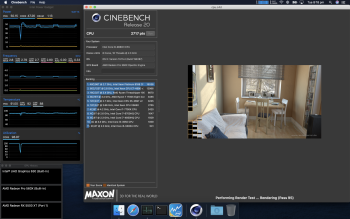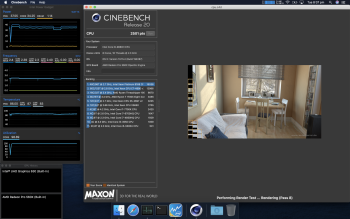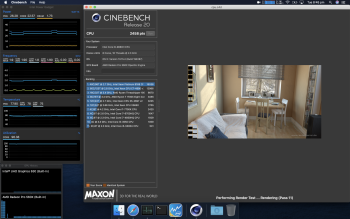This is not a constructive post. Do you have a solution, other than to tell us to simply stick with clamshell mode?
And, to further address your comment that the people who have contributed to this thread are simply "crying" without attempting to find a solution: you will note that I, and others, have posted our observation that adjusting the refresh rate of an external display connected to our MBPs while in clamshell mode may result in a drop in GPU power draw. This is, in fact, a potential solution to a particular problem which many people are apparently experiencing. It also serves to show that there must be something wrong in the drivers and this observation may well lead to a bug fix. So, no, we are not simply continuing to "cry" without trying to find a solution.
I have posted multiple times that if you are experiencing high fan speed for no reason at all, you should try resetting the SMC 3-4 times.
I have also posted that Macs Fan Control (and like TG Pro and many other fan control apps) caused my fans to be stuck at max speed until I reset the SMC 3-4 times and uninstalled the app. This happened even when I was using Macs Fan Control under Bootcamp. So clearly, something in the SMC is not happy with 3rd-party software.
And I have suggested multiple times that it's not refresh rate. My 16" connected to clamshell with Apple's AV adapter or a USB-C/Thunderbolt 3 display does not require me to adjust refresh rate. That means there is something wrong with the dock or adapter that some people are using in clamshell mode.
But... even beyond that, I think it has been long established that the "only" surefire solution to this problem right now is exactly what it is: you absolutely have to run in clamshell mode with the right displays.
Some of us already know it's a driver issue. This actually affects many more machines with AMD graphics than you may think. Some previous 15" MacBooks (like the 2019) are also reportedly affected. If that's indeed the case and there is still no "fix" coming from Apple now, it seems likely that the fix has to come from AMD, not Apple. I have only ever seen AMD drivers getting an update with a major MacOS revision (i.e.: we have to wait for that next OS after Catalina). This issue might as well be a design issue at this point. And if so, you then have two solutions:
1. Return the 16" and get a Windows computer.
2. Get a 13" with eGPU. This was my previous setup.
It's not that I'm not offering possible solutions. It's simply just that you and many others here do not want to consider those solutions at all. But... even beyond that, that post was more in response to people calling me out when I said that "this issue does not affect everyone".








